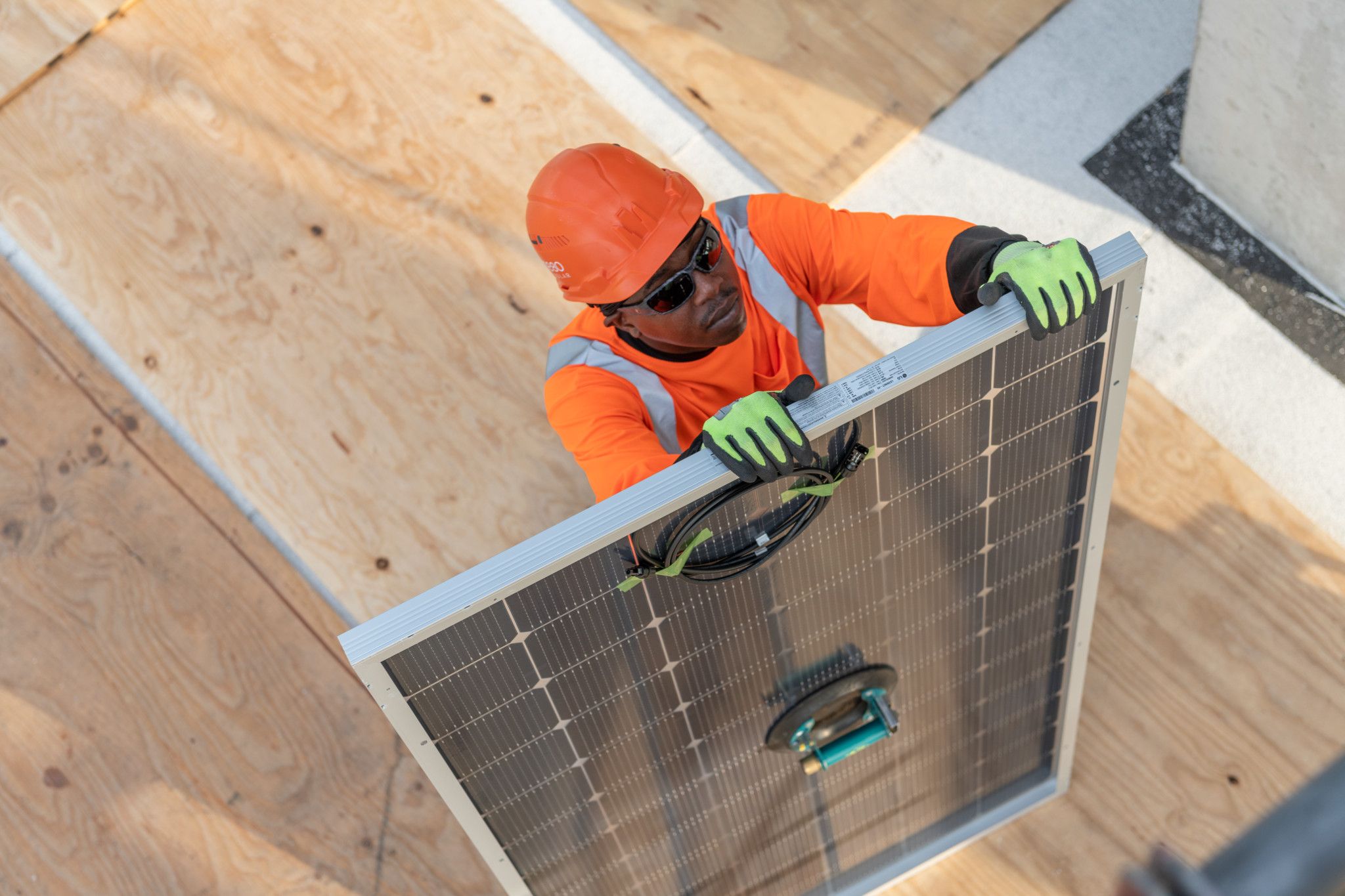Designing for a Sustainable Future with AI

When we talk about the future of design, we’re also talking about sustainability—the two simply can’t be separated. That’s because sustainability is no longer a luxury, it’s a necessity. Earth is expected to be home to 10 billion people by 2050, and that means a 56% growth in demand for energy and increased need for resources. The same old ways of making and building need to change.
So what does the future of design—and sustainability—look like? Autodesk Vice President of Research Mike Haley has been exploring this topic for years. He believes that the relationship between artificial intelligence and humanity will define the future of sustainable design across industries. With the development of technologies like generative design, simulation, and digital twins, designers can expand their minds and their abilities, becoming not only creators but curators, designing and building a sustainable world for all.
Haley recently sat down with Laurel Ruma from MIT Technology Review for an in-depth discussion on the topic. The takeaways? The biggest impact on a building or product’s sustainability is decided during the conceptual phase. So the earlier you can use AI to consider alternatives and optimize, the better. This is where generative design can be a huge help. And the barriers between the digital and physical are breaking down. As AI gets better at interpreting the world around us, that understanding will form a sort of feedback loop for the next design, creating ever better and more sustainable outcomes. Digital twins will play a key role, as continually evolving digital models, constantly informed by data from the real world.
Ready to learn more about AI and the future of sustainable design? Check out this related content:
Sustainability and generative design in manufacturing
When it comes to increasing sustainability in manufacturing, less can be more: less material can mean less waste, and less energy consumed in production, too. Engineering company MHDE used generative design to lightweight an automotive component for an electric hypercar, and the result was a simple, sustainable, manufacturable, and cost-effective part suitable for production at high volume.
AI empowering sustainability in architecture
The earliest design phases are the most crucial for increasing sustainability. With that in mind, architects are using machine learning, automation, and AI to analyze urban design factors like traffic, noise pollution, heat, and wind flow, so alternatives can be considered and optimized before anything is built. This Redshift piece explores how AI is allowing us to design and simulate digitally to save time, resources, and ultimately, the planet.
BIM and simulation to boost sustainability
BIM enables us to design, construct, and operate better infrastructure with less impact on the environment. Using Forge and ArcGIS, SYSTRA R&D teams developed two web-based solutions for better simulation of carbon emissions. The benefits of BIM to eco-designers are real, and the SYSTRA group leads a talk breaking it down for you.
Cities get smart
Digital twins started as a link between 3D models and data from real-world processes in manufacturing. Now, AEC is using digital twins to model buildings and all the systems in them. But, as Tom Coleman points out, we can use the same approach to create digital twins of communities and even entire cities.
Reducing embodied carbon with the help of automation
The embodied carbon of buildings is responsible for 11% of global GHG emissions annually. How do we reach the goals of Architecture 2030, which call for 40% embodied carbon reduction today? Automation is a good place to start. Panu Pasanen and Marios Tsikos share how to integrate automated life cycle assessment (LCA) processes into your BIM workflows.
Explore more learning on demand anytime.




